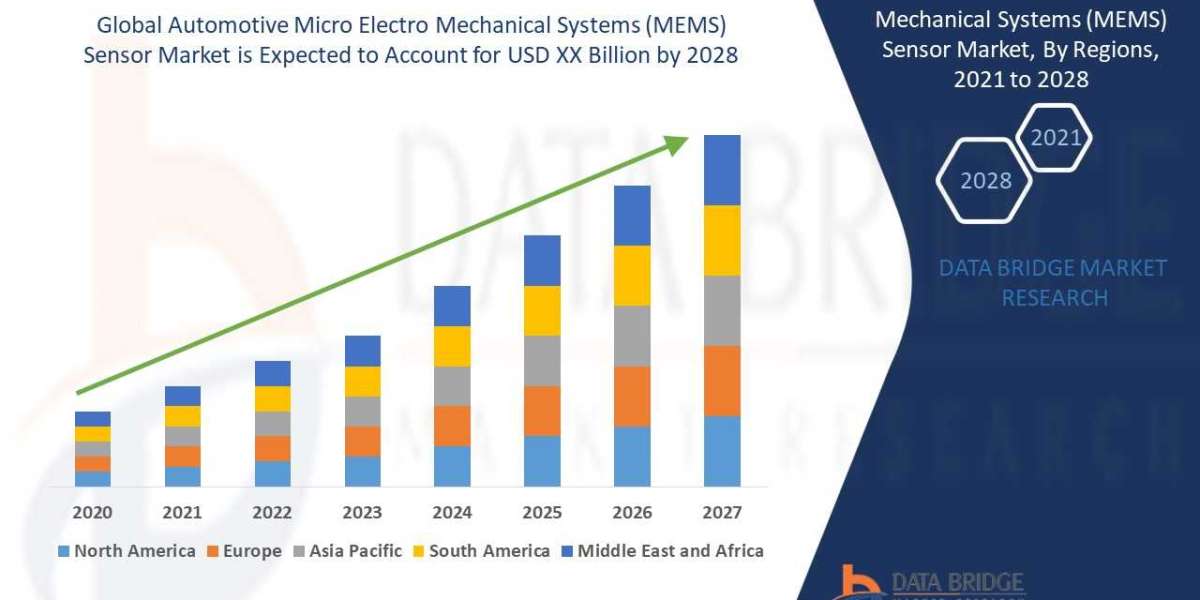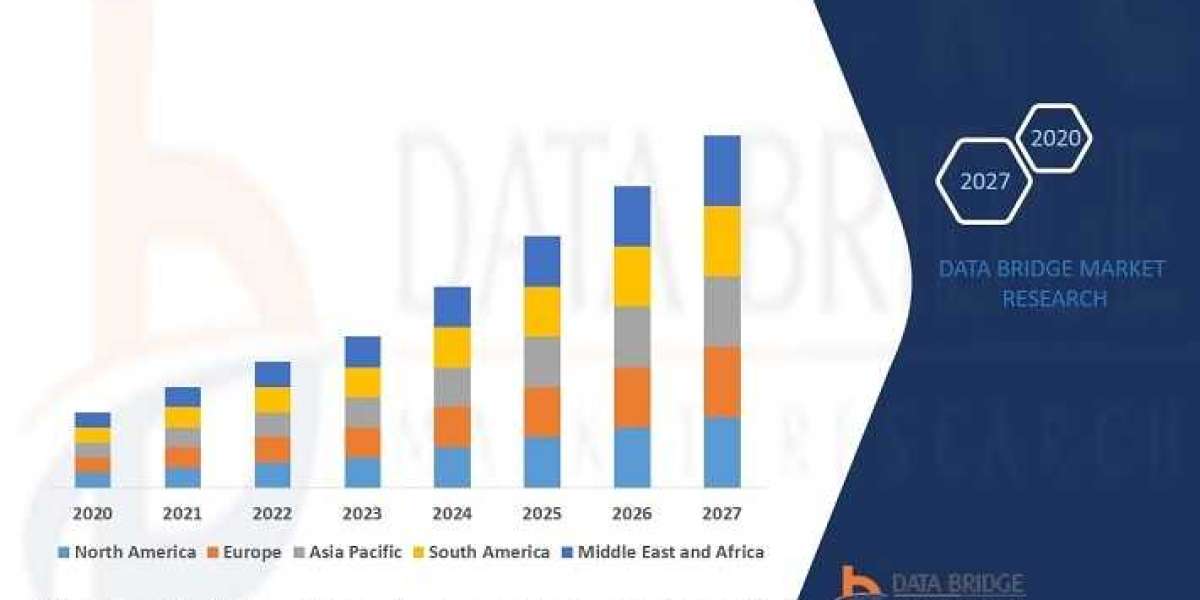II. The Environmental Impact of Traditional Transportation
The conventional transportation industry has long been reliant on gasoline and diesel-powered vehicles. According to reports, the sector contributes nearly 25% of global CO₂ emissions. The extensive use of personal vehicles, inefficient public transportation, and traffic congestion further exacerbate air pollution levels. The dependence on fossil fuels not only increases greenhouse gas emissions but also accelerates global warming. Addressing these concerns requires a shift toward more sustainable mobility options that prioritize energy efficiency and lower emissions.
III. Key Innovative Mobility Solutions for Emissions Reduction
A. Electrification of Transport
One of the most promising solutions to reducing transportation emissions is the adoption of electric vehicles (EVs). EVs produce zero tailpipe emissions, making them an environmentally friendly alternative to internal combustion engine (ICE) vehicles. Governments worldwide are offering incentives, tax breaks, and infrastructure development to encourage EV adoption. Furthermore, advancements in battery technology and the integration of renewable energy sources into charging stations are making EVs more accessible and efficient.
B. Sustainable Public Transport Systems
Public transportation plays a crucial role in lowering emissions by reducing the number of private vehicles on the road. Innovations in this sector include:
Electric and hybrid buses that reduce fuel consumption and emissions.
Expansion of metro systems, light rail, and high-speed trains that offer energy-efficient travel options.
Smart ticketing and route optimization technologies that enhance efficiency and encourage more people to use public transit.
C. Shared Mobility and Micromobility
The rise of shared mobility solutions, such as carpooling and ride-sharing services, has significantly contributed to reducing traffic congestion and emissions. By optimizing vehicle occupancy, these services cut down the number of cars on the road, leading to lower fuel consumption. Additionally, micromobility options such as bike-sharing programs and electric scooters provide a sustainable alternative for short-distance travel, minimizing the reliance on cars for last-mile connectivity.
D. Smart Traffic Management and AI Integration
Artificial intelligence (AI) and the Internet of Things (IoT) are revolutionizing urban traffic management. Intelligent traffic signals, predictive analytics, and vehicle-to-infrastructure communication help reduce congestion, which in turn decreases idling times and emissions. By integrating AI-driven systems, cities can optimize traffic flow, reduce energy consumption, and enhance overall transportation efficiency.
IV. The Role of Urban Planning in Sustainable Mobility
Urban design and planning significantly impact emissions from transportation. Sustainable cities prioritize:
Pedestrian-friendly infrastructure that reduces the need for motorized transport.
Dedicated cycling lanes to encourage eco-friendly commuting.
Mixed-use developments that minimize travel distances by integrating residential, commercial, and recreational spaces within proximity. By redesigning cities with sustainability in mind, urban planners can create environments that naturally support low-emission transportation modes.
V. Challenges and Barriers to Implementing Sustainable Mobility
Despite the advantages of innovative mobility solutions, several barriers hinder widespread adoption:
High Initial Costs: Implementing electric mobility and smart traffic systems requires significant investment in infrastructure.
Resistance to Change: Traditional automotive industries and stakeholders reliant on fossil fuels often resist transitioning to greener alternatives.
Policy and Regulatory Challenges: Governments need to establish clear policies and incentives to promote sustainable transport while ensuring accessibility for all economic segments. Overcoming these barriers requires collaboration between governments, private sectors, and environmental organizations to create policies that facilitate sustainable mobility adoption.
VI. The Future of Mobility and Emission Reduction
Looking ahead, emerging trends in mobility solutions present promising opportunities for emission reductions:
Hydrogen Fuel Cell Technology: Hydrogen-powered vehicles are gaining traction as a viable alternative to EVs, offering long-range capabilities and quick refueling times.
Autonomous Electric Vehicles: Self-driving electric cars are expected to enhance efficiency, reduce traffic congestion, and optimize fuel consumption.
Integration of Renewable Energy: Expanding renewable energy sources, such as solar and wind, into the transportation sector will further minimize carbon footprints. As these technologies continue to evolve, they will play a crucial role in achieving global sustainability goals and reducing transportation-related emissions.
VII. Conclusion
Innovative mobility solutions are essential for mitigating the environmental impact of transportation. By embracing electrification, enhancing public transport, promoting shared mobility, and integrating smart traffic management, cities can significantly reduce emissions. However, the transition to sustainable mobility requires collaborative efforts from policymakers, businesses, and individuals. The adoption of greener transportation alternatives is not just a necessity—it is a step toward a cleaner, healthier, and more sustainable future.







